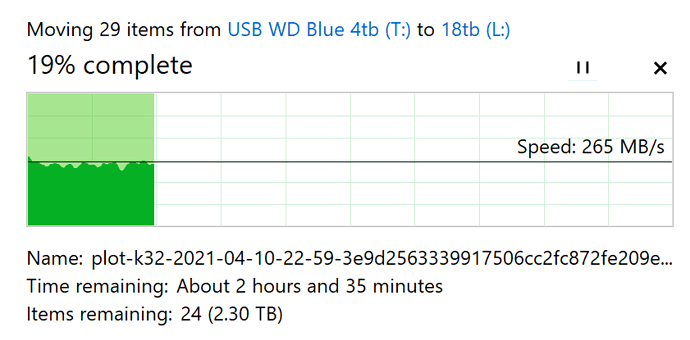

When you’re building your experiment, you create some situations which involve other actors, such as cars or pedestrians. However, roads are never uniform and straight, so we need to have access to the actual geometry of them to compute those values.Īnother reason is scenario creation. If the road is perfectly uniform and straight, computing those is simple. Some of that data includeĪll of those values have one thing in common: they rely on the road geometry. As such, we’re interested in data that will be generated when subjects are driving. One answer lies in the reason why we use driving simulators: to run experiments. Any road network in the world can be described in the OpenDRIVE format. This includes road geometries, marking, lanes, borders, etc. Initially developped through the PEGASUS project, OpenDRIVE was then transfered to ASAM, where its development continues.Īn OpenDRIVE file follows the XML standard and contains all relevant information describing a road network. But in driving simulators, we need much, much more information than that. Google Maps, OpenStreetMap), you might notice that you don’t get much description beyond “there’s a road here”. If you’re familiar with traditional mapping tools (e.g. As the OpenDRIVE format is based on XML, validation can be performed via the Schema files available on the OpenDRIVE website.OpenDRIVE defines a file format for the precise description of road networks.OpenDRIVE Traffic and Scenario Simulation Tools for OpenDRIVE which are available via the website of VIRES Simulationstechnologie GmbH or linked sites of partners include: The evaluation of the logics data can be simplified by using a library which can be linked to various applications and serves as the standard interface between the OpenDRIVE data contained in the XML files and the evaluation of the road data within the application. (plane elements, elevation, crossfall, lane width etc.).The OpenDRIVE file format provides the following features: Marius Dupuis - VIRES Simulationstechnologie GmbH, Germany.Bernhard Bock - Rheinmetall Electronics GmbH, Germany Ekkehard Klärner - Krauss-Maffei Wegmann GmbH & Co.Günther Nirschl - Fraunhofer-Institut IVI, Germany Andreas Richter - Deutsches Zentrum für Luft- und Raumfahrt e.V., Germany.Hans Grezlikowski - Daimler AG, Germany.Martin Strobl - BMW Forschung und Technik GmbH.The team members as of January 2010 are (alphabetical order by company): The OpenDRIVE standard is reviewed and released by a core team of driving simulation experts.

In September 2018 OpenDrive was transferred to ASAM Īnd is now continued under the name of ASAM OpenDRIVE. With the publication of the initiative in 2006, other companies joined OpenDRIVE. The OpenDRIVE initiative was started in 2005 by Daimler Driving Simulator, Stuttgart and VIRES Simulationstechnologie GmbH. An implementation of OpenCRG into the OpenDRIVE file format specification has already been established in January 2008. OpenCRG the microscopic brother is available taking care of the provision and evaluation of road surface descriptions. The associated website maintained by VIRES GmbH is intended to be the focal point for all activities involving OpenDRIVE.Ĭonsidering applications with a demand to road surface description, OpenDRIVE refers to special data structures holding these surface data. KG, Rheinmetal Defence Electronics GmbH and VIRES Simulationstechnologie GmbH joined the initiative. With the publication in 2006 members of BMW Forschung und Technik GmbH, Daimler AG, DLR e.V., Fraunhofer-Institut IVI, Krauss-Maffei Wegmann GmbH & Co. OpenDRIVE is managed by VIRES Simulationstechnologie GmbH and the OpenDRIVE community.

Vehicle Dynamics and Traffic Simulation via a layer of routines for the evaluation of the information contained in the OpenDRIVE file. The OpenDRIVE data is made available to e.g. They do not describe the entities acting on or interacting with the road. OpenDRIVE files are designed to describe entire road networks with respect to all data belonging to the road environment.


 0 kommentar(er)
0 kommentar(er)
